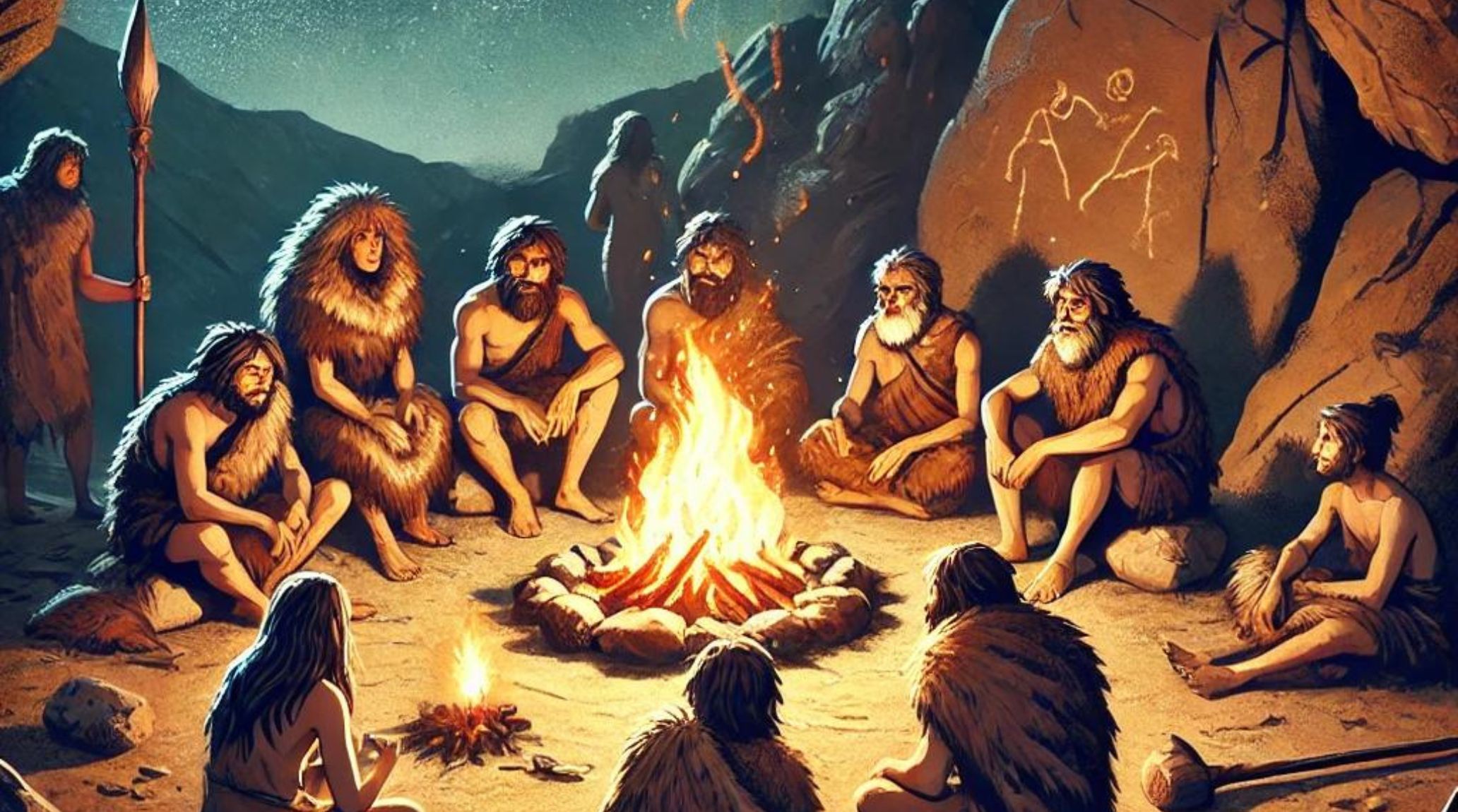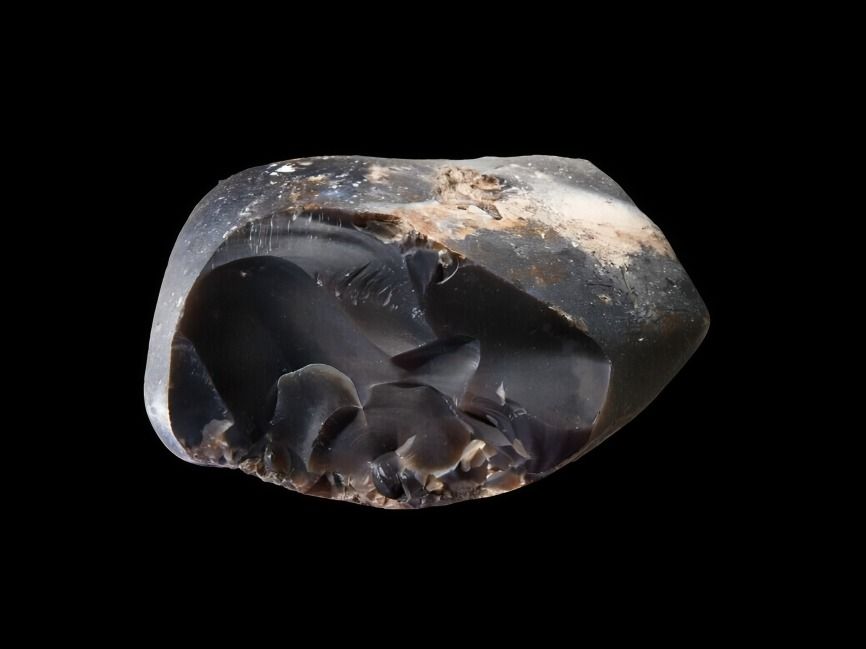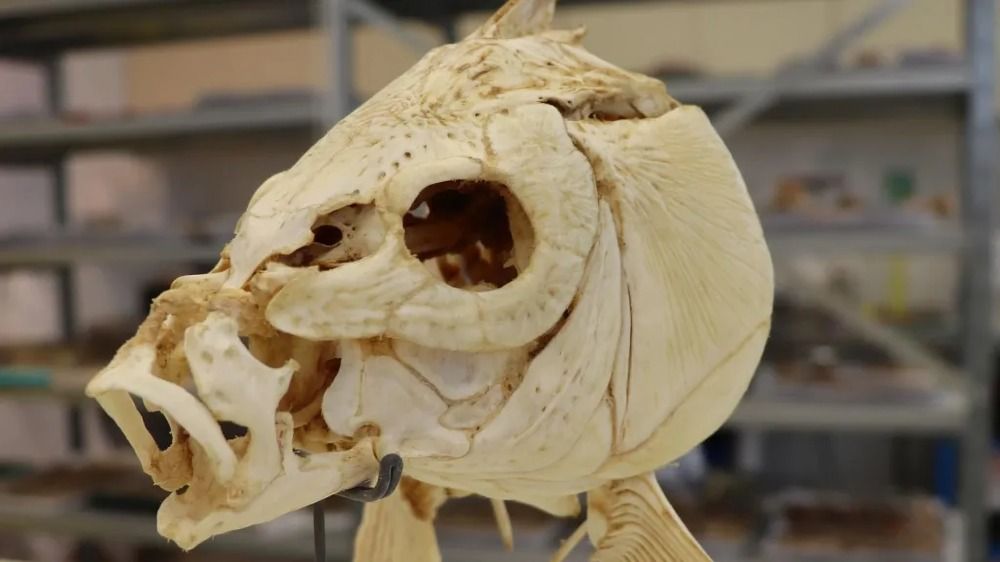
“
Fire was a transformative force in early human history, significantly influencing survival and social structures. This blog delves into fascinating Facts About Fire in Paleolithic Life, showcasing its importance for warmth, cooking, protection, and communication. Understanding how our ancestors harnessed this powerful element provides insight into their daily lives and innovations. 1
1
1
1
”
Archaeological evidence suggests that Homo erectus was likely the first human ancestor to control fire around 1.6 to 1.8 million years ago, marking a significant turning point in human evolution. 1
Early humans utilized fire for cooking, making food easier to digest. Cooking softens meat and vegetables, increasing calorie intake and providing essential energy for brain growth and development during this period. 2
Fire was a critical defense mechanism, deterring predators from approaching Paleolithic campsites at night. The flames and smoke created a protective barrier against large carnivores like lions, wolves, and hyenas. 3
Paleolithic people shaped their tools using fire. Heat-treating stone materials like flint made them easier to chip, leading to more refined and efficient tools for hunting, cutting, and daily tasks. 4
Fire significantly fostered social bonding during the Paleolithic era. Sitting around a campfire became a central activity, encouraging communication, storytelling, and the transmission of knowledge between generations. 5
Evidence from sites like Wonderwerk Cave in South Africa shows that early humans intentionally controlled fire. Burnt animal bones and tools indicate the deliberate use of fire for cooking and other purposes as early as 1 million years ago. 6
The ability to cook food with fire improved nutrition, contributing to physical changes in Paleolithic humans. Reduced tooth and jaw sizes and gut structure changes resulted from consuming softer, cooked foods. 7
Fire enabled Paleolithic people to modify their environment by clearing forests for easier movement or flushing out animals during hunting, showcasing a growing human impact on the landscape. 8
Fire enabled early humans to illuminate caves and dark shelters, allowing deeper exploration of their environments. This extended their range of activity beyond daylight hours, enhancing productivity. 9
The fire was essential for crafting wooden tools. Early humans used fire to harden and shape wood into spears, digging sticks, and other implements that improved hunting and gathering efficiency. 10
Control of fire facilitated human migration to colder regions during the Ice Age. With the ability to create warmth, Paleolithic humans could survive in northern Europe, previously uninhabitable due to freezing temperatures. 11
The fire was key in establishing trade networks. As Paleolithic people migrated across different regions, knowledge of fire management spread, allowing shared survival strategies and cultural exchanges among various groups. 12
Some evidence suggests that fire played a role in religious or ceremonial practices during the Paleolithic era. The controlled use of fire may have held symbolic significance, representing power, life, or the supernatural. 13

The development of fire starters, such as flint stones or friction methods, marked a significant technological advancement in Paleolithic life. It enabled humans to create fire at will rather than relying solely on natural sources.
Paleolithic people used fire to cure animal hides and tan leather, improving the quality of clothing and shelters. This was essential for protection against the elements, especially during colder seasons. 14
Fire played a crucial role in creating pigments for cave paintings. Charcoal, produced by burning wood, became common in some of the earliest known artworks, demonstrating early creativity and communication through symbols. 15

The discovery of burned fish bones at certain Paleolithic sites indicates that early humans used fire to diversify their diets, making aquatic resources more accessible and edible, thus broadening their food supply.
Fire allowed Paleolithic people to create controlled smoke signals, potentially used for long-distance group communication. This primitive signaling system likely aided coordination in hunting or warning of danger. 16
Some evidence suggests that fire helped Paleolithic humans manage parasites and pests. Burning bedding materials or habitation areas may have been an early strategy for reducing insect infestations or harmful organisms. 17
Sites like Gesher Benot Ya'aqov in Israel show evidence of organized hearths, indicating fire use in designated areas. This suggests an early understanding of safety and order in Paleolithic living spaces. 18


